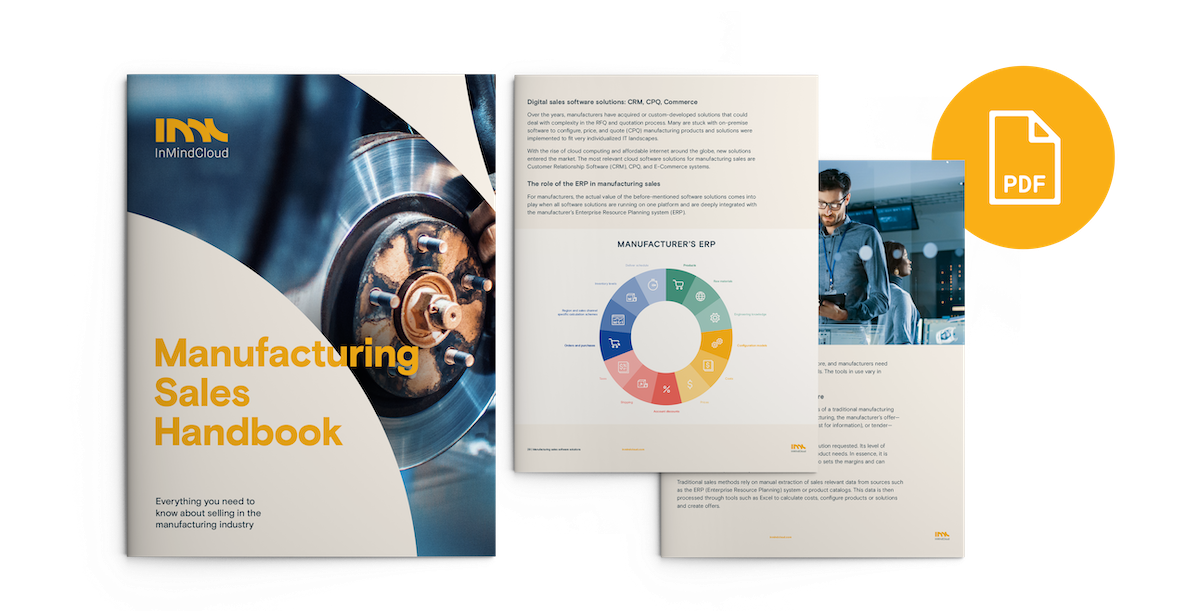The business world has changed remarkably over the last 20 years. From the times where there was a dominance of large corporations, to lean start-ups littering the landscape, to the current digitization of business units; the world is dealing with unprecedented levels of competitiveness and disruption.
The Buying Cycle Has Become Significantly Longer
One trend that is having a huge effect on the sales cycle is purchase behavior. A research study by Harvard Business Review (HBR) reveals that ‘the number of people involved in B2B solutions purchases has climbed from an average of 5.4 two years ago to 6.8 today, and these stakeholders come from a lengthening roster of roles, functions, and geographies.’
Looking at that statement, we can already see a number of potential delays in decision-making. With so many cooks in the kitchen, the broth will take much longer to bring to a boil, if it doesn’t spoil in the process.
Why is this the case? An IDC paper has predicted that 'the world will be creating 163 zettabytes of data a year by 2025', so that should be giving buyers ample information to accelerate decision-making. The amount of information available online should make buyers more empowered, not paralyzed. But the latter is exactly what happens.
The research and negotiation phase drags as buyers look for the absolute best deal, leading to a much longer buying cycle. As per HBR, ‘no matter the choice, some stakeholders will always find aspects of an alternative more appealing.’ Sales teams have to deal with buyers who all want increasing levels of customization at a low cost.
To shorten your manufacturing sales cycle, you would first need to fully understand how it works. Download our Manufacturing Sales Handbook to learn more!
Juggling Stakeholders to Sell to
With this level of customization required, your usual sales deck can't be used. At the same time, that sales deck would not work for the variety of different stakeholders who have to approve it. Your sales team will most likely have to walk a fine line between the technical and the business end.
Juggling feedback from different stakeholders will also require different skillsets; the challenges that the Head of IT is concerned with would be vastly different than those from the Head of Sales.
In this case, how can your sales team juggle all this, and still close the sale in a relatively short amount of time?
Step 1: Know all the stakeholders involved.
After connecting with your prospect, ask to see who has the responsibility of making large purchases. The Head of Sales can turn out to be a dead-end for your sales teams if he needs approval from the Head of IT.
In this case, the information needed, the details, and the preparations may differ greatly. You might also require technical support even in the pitching process. If you have a digital sales platform at your disposal, the system can help you recognize the key stakeholders, and enable your sales teams to plan accordingly.
Step 2: Demo to the correct stakeholders.
There is nothing more convincing than a demo. It is especially so when your product is customizable and depends heavily on self-administration from the customer. When you run a demo, each department can get their questions answered on the spot, and you will not have to spend weeks on back and forth emails answering questions on customization levels.
At the same time, your sales team can observe the power balance in play, and know who to concentrate their next efforts on. At the same time, they can also note their observations in the CRM of the digital sales platform, so that the opportunity can be followed up by anyone from the team without breaking the established flow.
Step 3: Customize quotes to seal the deal.
Once the stakeholders have been identified, it is critical to understand their individual needs. Each stakeholder has their own objectives, and they may not always be aligned. This is where the configuration (CPQ) feature of a digital sales platform takes center stage.
It can help sales teams meet every individual need quickly and easily without weeks of data extracting and calculation. And most of all, the tight integration of the CPQ with the ERP, ensures that your customers receive penny-perfect quotes only once.
Step 4: Provide a self-service option.
One of the biggest delays in selling is getting all the decision-makers together in 1 room. And once they have been gathered, there is no guarantee that they will come to an agreement, or even be aligned in the first place. Overcoming this challenge requires a neatly integrated digital sales platform.
Conclusion: One platform to help you deal with your long buying cycles
A platform with integrated CPQ or Commerce (webshop) can give your customers an asynchronous way to engage with your business. They can use the (24/7 available) webshop (with integrated CPQ) to customize the product according to their specifications. Once they are done, they will be able to either purchase instantly, or have a good understanding of what your business can provide.
Manufacturing sales can get complex. But selling it shouldn't be. However simplifying it can require a complete understanding of how it works. Download our Manufacturing Sales Handbook to get the full picture of how sales in your industry works, and how digital can help improve it.

 Deutsch
Deutsch









